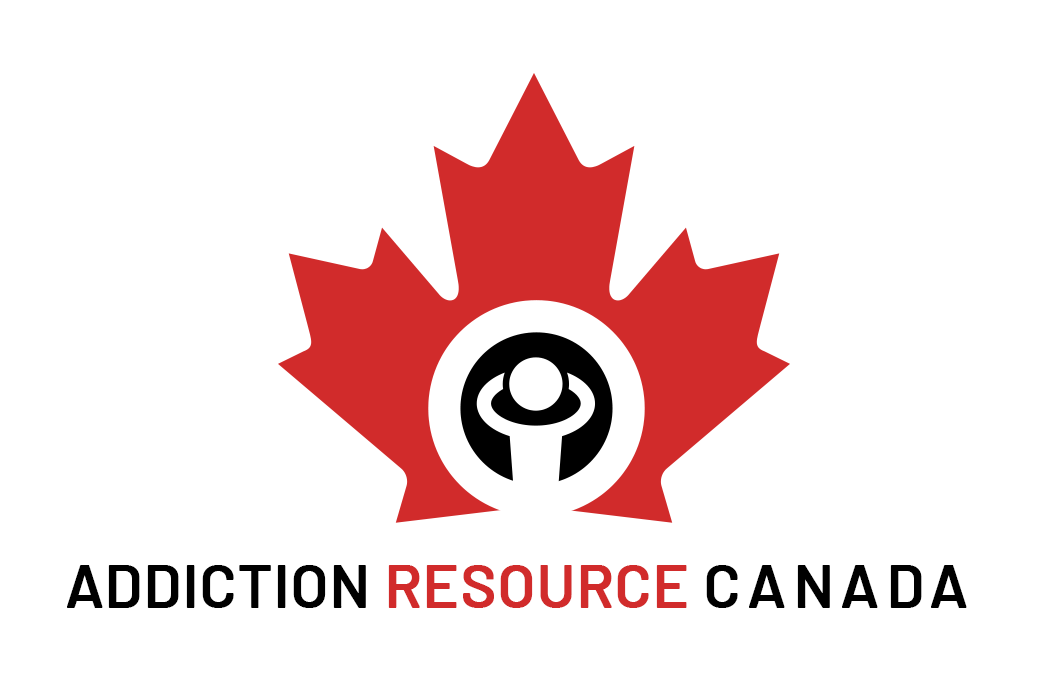Prescribed on its own or in combination with naloxone as Suboxone, buprenorphine is a partial opioid agonist drug approved for use in the treatment of opioid dependence and is available by prescription from doctors qualified to dispense the medication. There is some anecdotal evidence that buprenorphine may have antidepressant effects as well. According to the National Drug Intelligence Center, there’s a low chance for abuse of the drug among patients in recovery. Advantages to using buprenorphine to treat opioid addiction include that it:
Buprenorphine
- Can be distributed by a physician in places such as health departments, community hospitals, doctors’ offices, and correctional facilities, unlike methadone.
- Decreases cravings.
- Diminishes withdrawal symptoms.
- Has a ceiling effect, meaning the medication’s effects plateau at a certain dose in order to prevent overdose and abuse.
- Can be combined with naloxone, as with Suboxone, to decrease the risk of abuse.
As with methadone, there are a few disadvantages to taking buprenorphine for an opioid addiction. These include side effects similar to those of other opioids, such as:
- Sleep problems.
- Constipation.
- Nausea.
- Vomiting.
- Muscle cramps.
There’s also potential for diversion and abuse when buprenorphine is used in isolation (without naloxone added).


